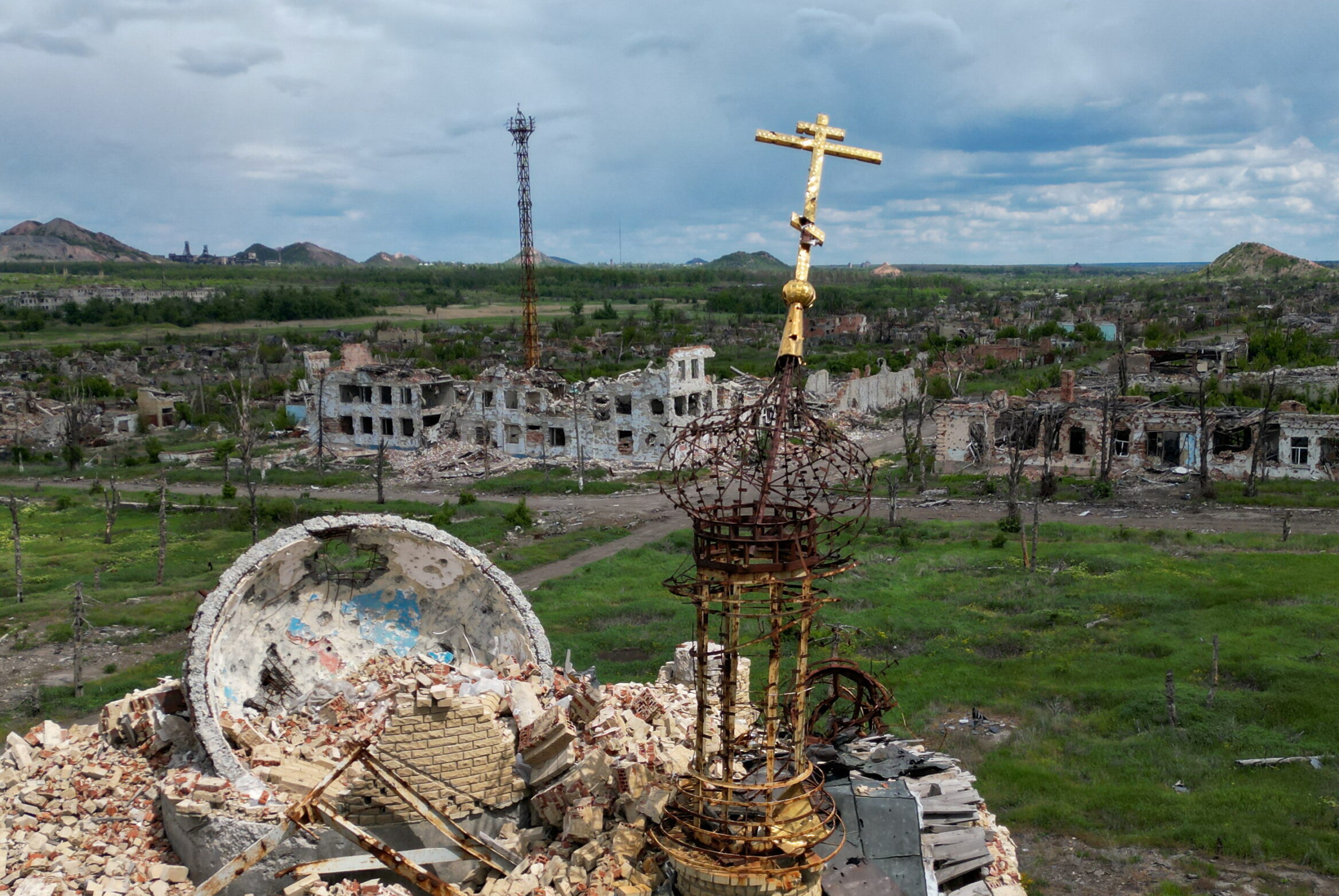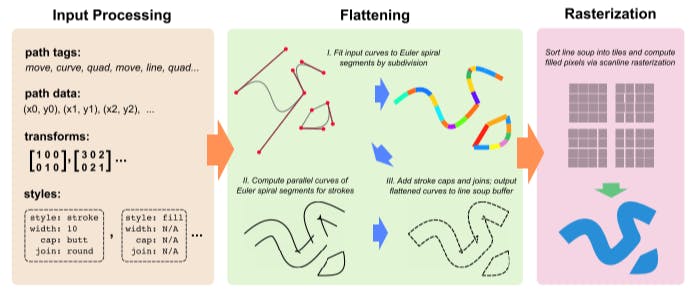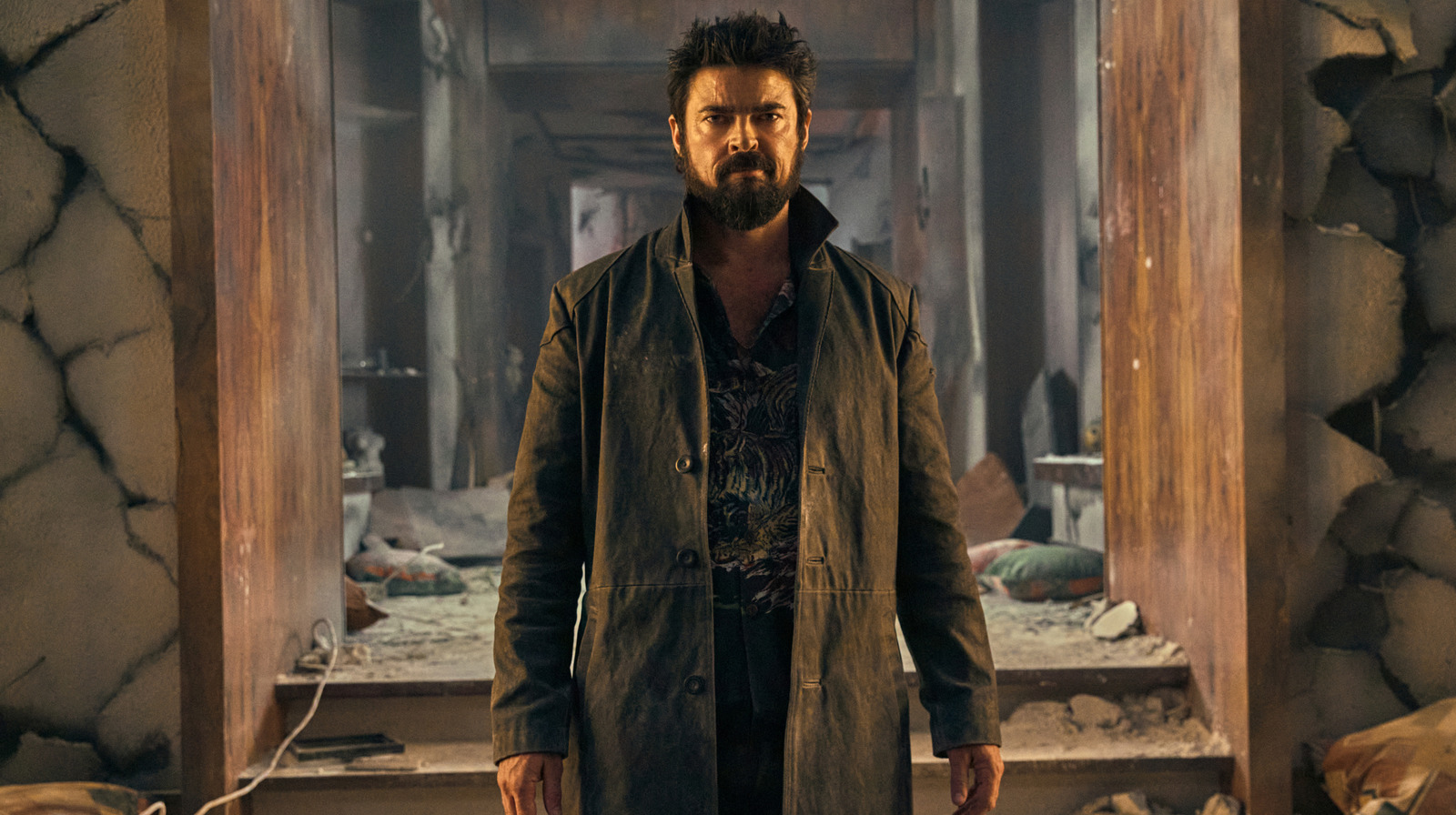When Ukrainian schoolchildren in Russian-occupied regions of the country return to the classroom following the summer holidays, they will no longer be able to receive even minimal instruction in their country’s national language. This blanket ban on Ukrainian language education is the latest stage in a Kremlin campaign to extinguish all traces of Ukrainian identity as Vladimir Putin pursues an extreme form of eliminationist imperialism in the heart of twenty-first century Europe.
According to a draft directive published recently by the Russian Education Ministry, the study of Ukrainian is to be removed from the school curriculum throughout Russian-occupied Ukraine beginning in September 2025. The directive cites “changes in the geopolitical situation in the world” as justification for the decision.
In reality, the official ban on Ukrainian language studies is a formality confirming processes that have been well underway ever since Russia’s full-scale invasion began in February 2022, and for far longer in areas of Ukraine occupied by Moscow following the initial onset of Russian aggression in 2014. The removal of the Ukrainian language from Ukrainian classrooms has been accompanied by the introduction of a new Kremlin-friendly curriculum that glorifies the ongoing Russian invasion while denying Ukraine’s right to exist and demonizing Ukrainians as Nazis. Parents who resist risk losing custody of their children.
This campaign of classroom indoctrination is only one aspect of the Kremlin’s comprehensive Russification policies in occupied Ukraine. Since February 2022, the Russian authorities have conducted mass arrests of anyone deemed a potential threat to the occupation, with thousands of Ukrainian officials, activists, community leaders, veterans, and patriots disappearing into a vast network of prisons. A recent UN probe has classified these large-scale detentions as a crime against humanity.
Ukrainian civilians still living in occupied Ukraine are being forced to accept Russian citizenship or lose access to essential services such as pensions and healthcare, along with the ability to run a business or hold a bank account. Beginning in September, new legislation will make it possible for the authorities to expel anyone without Russian citizenship from their own homes and deport them.
Meanwhile, public symbols of Ukrainian statehood, heritage, and culture are being methodically removed and replaced by the trappings of an imported Russian imperial identity. Likewise, the demographic makeup of the occupied Ukrainian regions is being systematically transformed by Kremlin programs that aim to attract migrants from across the Russian Federation.
The hard line Russification policies currently being implemented in the 20 percent of Ukraine under Russian occupation offer a chilling blueprint for the rest of the country if the invasion succeeds. Indeed, it is now be abundantly clear that Putin’s ultimate objective is a Ukraine without Ukrainians.
This should come as no surprise. For years, Putin has insisted Ukrainians are actually Russians (“one people”), and has accused Ukraine of being an illegitimate state occupying historically Russian lands. On the eve of the full-scale invasion, he began referring ominously to Ukraine as an “anti-Russia,” while describing the country as an “inalienable” part of Russia’s own history, culture, and spiritual space. More recently, he underlined his contempt for Ukrainian independence by declaring: “All of Ukraine is ours.”
Putin’s Ukraine obsession has been one of the dominant themes of his entire reign. This reflects the Kremlin dictator’s desire to reverse the 1991 Soviet collapse and his fear that the consolidation of Ukrainian statehood could spark the next stage in a Russian imperial retreat that began with the fall of the Berlin Wall.
For Putin and millions of his fellow Russians, the emergence of an independent Ukraine is a bitterly resented reminder of their own country’s post-Soviet humiliation, while Ukrainian society’s efforts to embrace a democratic European identity offer alarming echoes of the pro-democracy movements that led to the fall of the USSR. For the past two decades, Putin’s top priority has been making sure Ukraine’s turn away from authoritarianism does not serve as a catalyst for similar democratization demands inside Russia itself.
Eurasia Center events

During the early years of his reign, Putin attempted to return Ukraine to Moscow’s orbit via a combination of political interference, economic leverage, and soft power tools including the Kremlin-controlled Russian media and the Russian Orthodox Church. When this strategy failed, he opted to launch the limited military intervention of 2014, which began with the seizure of Ukraine’s Crimean peninsula.
Once it became apparent that even the partial occupation of Ukraine would not derail the country’s Euro-Atlantic integration, Putin appears to have concluded that he could no longer take the risk of allowing an independent Ukraine to exist at all. This set the stage for the full-scale invasion of 2022 and laid the ideological foundations for the Kremlin’s current efforts to extinguish Ukrainian national identity entirely.
Unless Putin is stopped, there can be no serious doubt that millions more Ukrainians will be robbed of their identity and subjected to Putin’s ruthless brand of Russian imperial indoctrination. During recent bilateral peace talks in Istanbul, Kremlin officials underlined their determination to secure Kyiv’s complete capitulation. Moscow’s terms include the revival of Russian dominance over every aspect of Ukrainian public life and the dramatic reduction of the Ukrainian military. It does not take much imagination to anticipate exactly what kind of treatment Russia has in mind for the civilian population if Ukraine compiles with these demands and is left defenseless.
Putin’s calculated campaign to erase the identity of the largest country situated wholly in Europe makes a complete mockery of efforts to portray the Russian invasion of Ukraine as a conventional armed conflict with limited goals. This is no mere border dispute or rational response to legitimate Russian security concerns; it is a classic war of colonial conquest with the explicit intention of destroying Ukraine as a state and as a nation.
If it is allowed to continue, the magnitude of this crime will dwarf anything seen in Europe since World War II. This will fuel Putin’s sense of impunity and whet his imperial appetite, creating the conditions for further previously unthinkable acts of international aggression. It will then only be a matter of time before other “historically Russian” nations are subjected to the horrors currently being inflicted on Ukraine.
Peter Dickinson is editor of the ’s UkraineAlert service.
The views expressed in UkraineAlert are solely those of the authors and do not necessarily reflect the views of the , its staff, or its supporters.

The Eurasia Center’s mission is to enhance transatlantic cooperation in promoting stability, democratic values, and prosperity in Eurasia, from Eastern Europe and Turkey in the West to the Caucasus, Russia, and Central Asia in the East.
Image: A drone view shows the ruins of a church and buildings in the abandoned town of Marinka, which was destroyed in the course of Russia-Ukraine conflict in the Donetsk region, a Russian-occupied area of Ukraine. May 15, 2025. (REUTERS/Alexander Ermochenko)











